Extreme Heat
All Extreme Heat Content
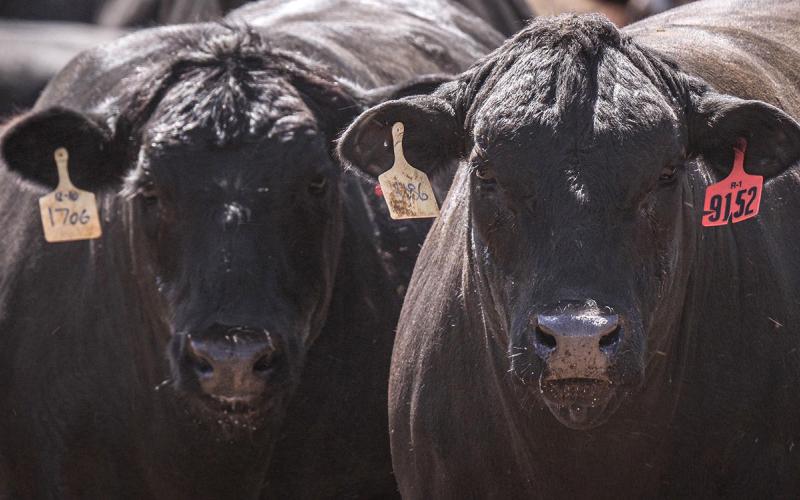
Heat Stress in Feedlot Cattle
High temperatures, humidity and low air movement create the perfect storm for heat stress in feedlots. Learn some expert tips for maintaining performance and reducing losses as we approach the hottest months of the year.
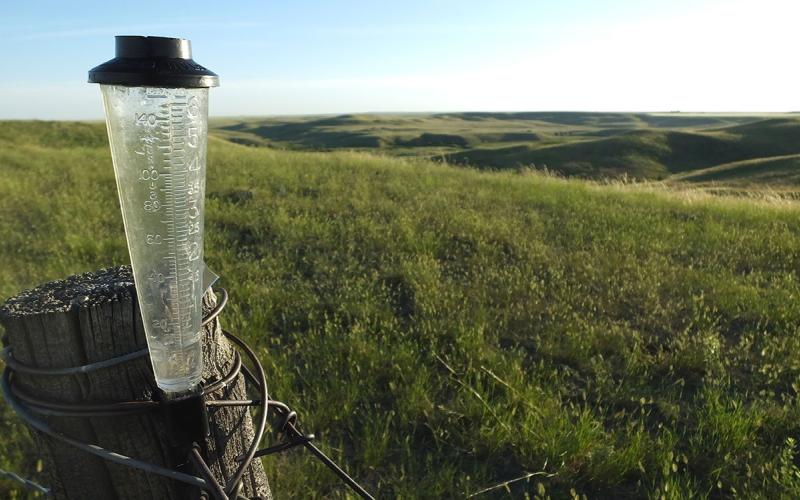
Five Range Management Principles: #5 Climate Ready
Understanding your ranching system is critical, and identifying anticipated soil-plant-animal responses during periods of dry, wet, or normal conditions will enable you to develop climate-ready practices. Learn how to get started today!

Heat Causes Problems With Garden Produce
When temperatures warm over 90 degrees Fahrenheit, gardeners will often see a decline in vegetable performance. Learn about some common issues that arise during extreme temperatures and what you can do to manage them.
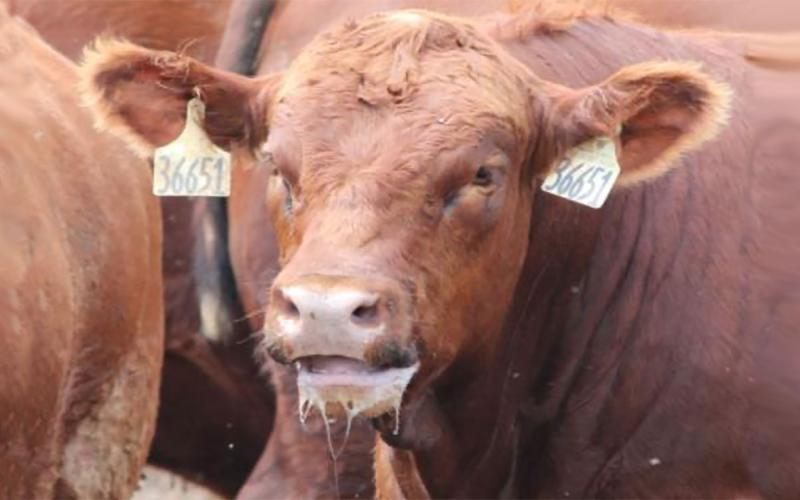
Heat Stress Forecasting Apps Available
Early summer heat stress in feedlot cattle is often triggered by rapid changes in temperature and humidity before cattle become acclimated to warmer conditions. Learn about some management tools that you can use to protect your herd.

SDSU Extension Encourages Producers to Prepare for Extreme Heat Temperatures
August 02, 2022
SDSU Extension provides resources to help livestock producers prepare for extreme temperatures. With temperatures expected to rise into the upper 90s over the next week, it is important for producers to prepare and have proper mitigation strategies in place.
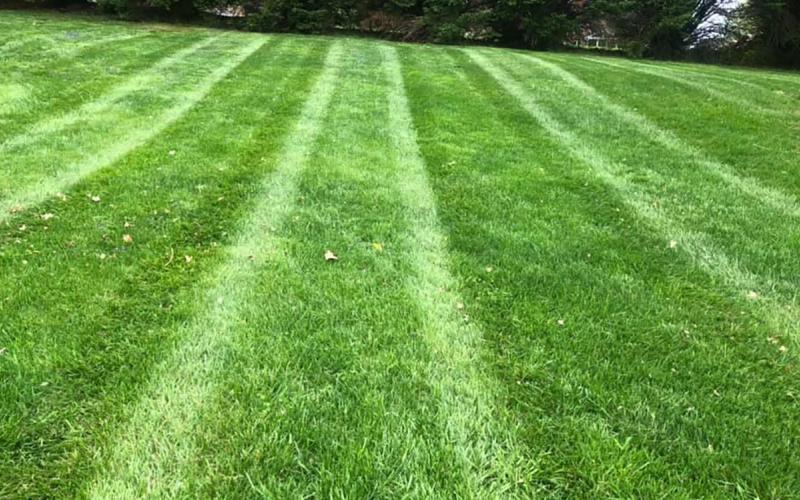
Use Caution With Turf Herbicide Applications During Extreme Heat and Drought
Dry conditions cause weeds to be under stress. This decreases herbicide effectiveness with annual, biannual and perennial plants. So, is there a safe option for weed control in yards during high temperatures and dry conditions?
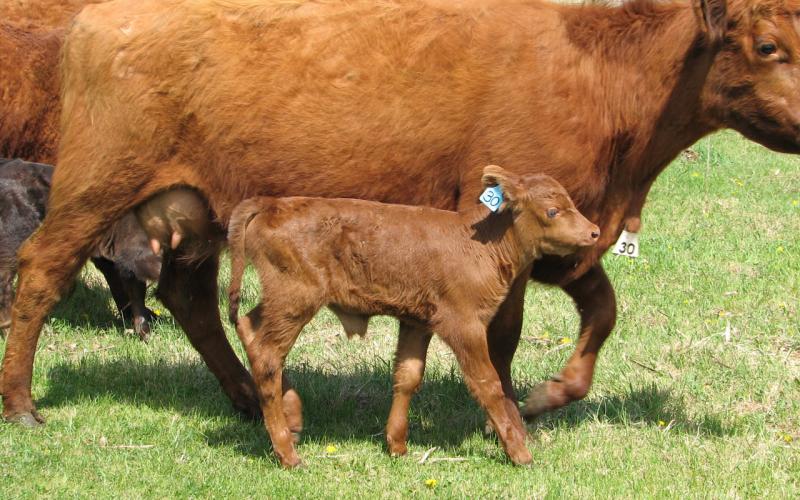
Effects of Shipping and Heat Stress on Embryonic Mortality in Cattle
Fact sheets on the effect of shipping and heat stress on embryonic mortality in cattle.
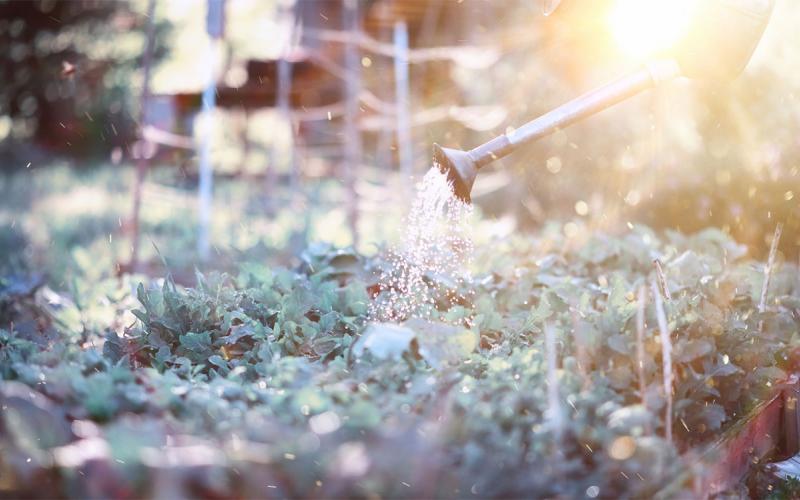
Protecting Plants From Heat Stress
When summer temperatures soar with no sign of a break, it is hard on humans and plants. Learn some tips that will help protect plants from heat stress, including soil protection, watering considerations and providing shade.
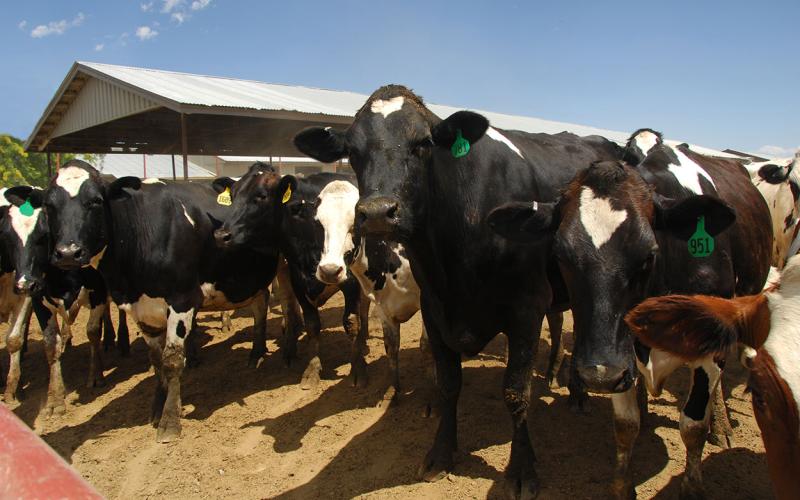
Managing Stress in Dairy Cows
Which stressors are your dairy cows experiencing? The economic effects of stress can be significant, so developing a strategy to manage it can be profitable.
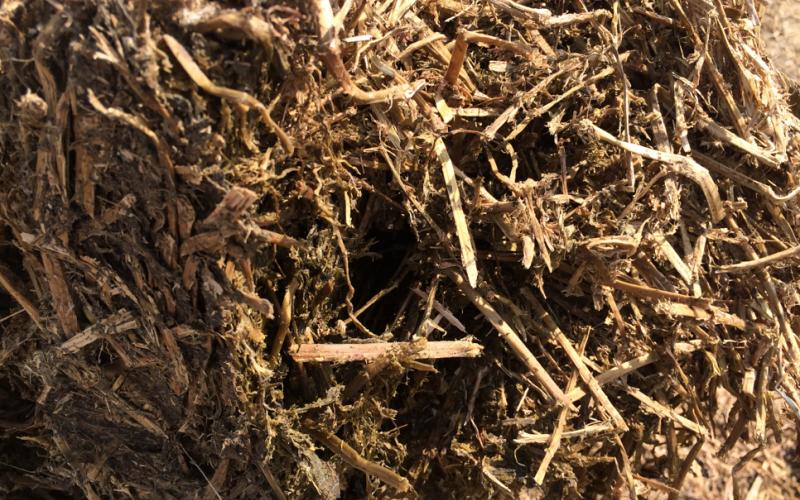
Minimizing Hay Storage Loss From Heating or Fires
Successful hay storage is essential to preserving high quality forage, while ensuring desired performance from livestock and deterring economic losses from unwanted hay storage fires.